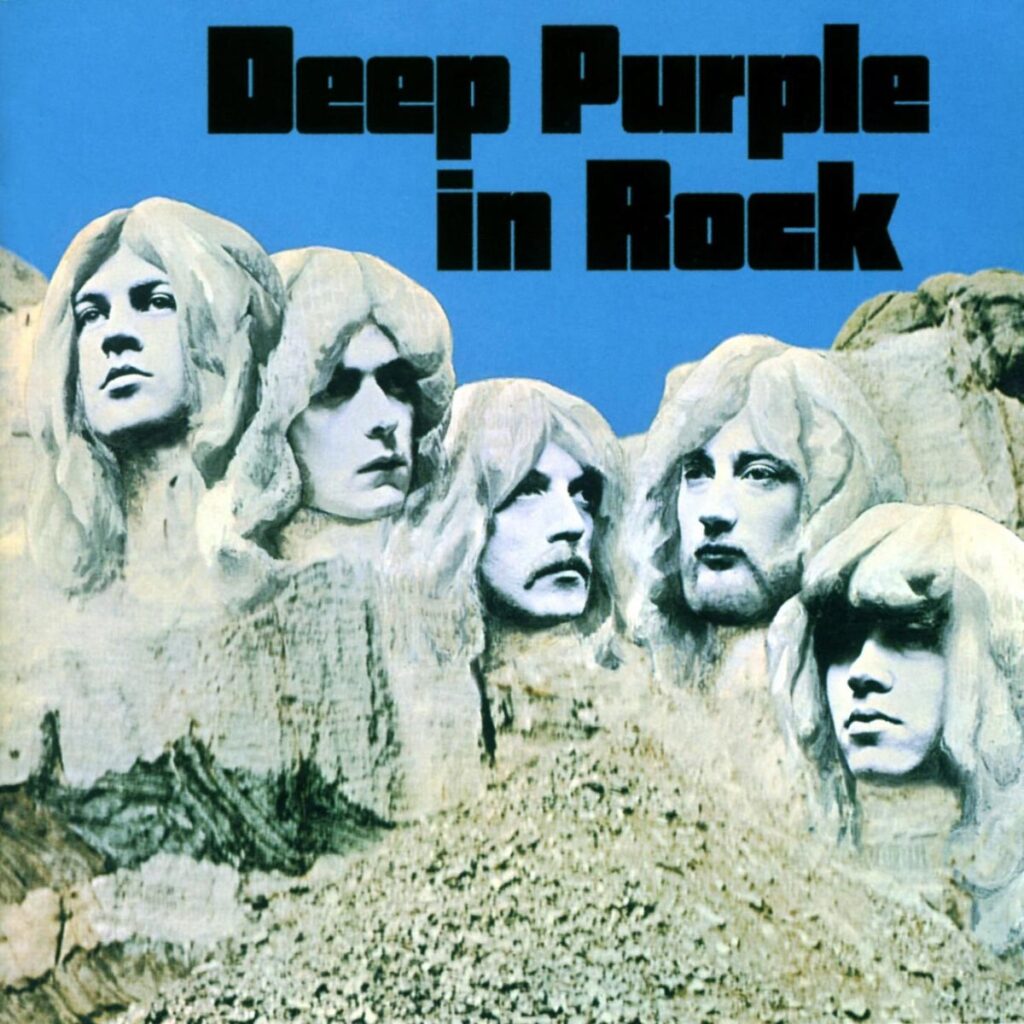Prog rock entails tempo changes, classical and jazz reminiscences, extensive instrumental parts and surprising instruments. Because all of this is hard to fit into a three-minute song, there is the long track.
In the early 1970s, no teenage party was complete without this piece. “Child In Time” (10:16) with its gentle, mysterious, jazzy introduction (Jimmy Smith organ and cymbals!) was considered the ideal slow blues or close-dancing tune. At least up until the four-minute mark – because then this song switches to a fast, ecstatic shuffle rhythm with an unleashed guitar solo. Back then, teenagers weren’t hip enough to somehow “dance away” this part – and DJs weren’t professional enough to skip it. The song was usually mercilessly faded out after four minutes. The lesson: Progressive rock is not disco music.
What everyone knows today: the gentle organ part was stolen. Jon Lord, the keyboardist of Deep Purple, had heard “Bombay Calling,” a song from the 1969 debut album of the US band It’s A Beautiful Day – and he had started playing around with the musical idea of this piece. (It’s a simple but effective key change from A minor to G major and back to A minor.) “Jon was fascinated by this ‘ting-ting-ting,'” recounts singer Ian Gillan. “It sounded good, and we thought we should try it, change it a bit, and add something new. I never heard the original piece ‘Bombay Calling.'”
So Deep Purple started jamming over the basic figure (eight bars), even on stage during soundchecks, and Ian Gillan improvised lyrics to it. “The words just came to me. At that time, we were thinking a lot about the threat of nuclear war hanging over us – it was the peak of the Cold War. The song reflects the mood of that time, and that’s why it became so popular.” Images of the Vietnam War were also haunting minds in 1970 – helpless children under fire. More than just a few English teachers have been approached by their students about Gillan’s verses.
In “Child In Time,” all of Deep Purple’s frontmen get their time to shine. Jon Lord improvises over his “ting-ting-ting” at the beginning for three verses on the organ – and in the reprise from 6:06 for another 16 bars. Ritchie Blackmore has a wild guitar solo in the galloping two-minute middle section – unusually on his Gibson, probably because of the “jazzier” sound in the organ passages. And Ian Gillan sings his four verses and then continues wordlessly: two passages with “uuuh,” two with “aaah,” and two with a high scream. The scream came to him as the band tried out the song in concert: “All hell broke loose, and I screamed, that was it. Through this song and with the help of my tight pants, I invented my special scream.” (If Gillan’s voice was too strained, the band dropped “Child In Time” from the live set.)
At the end of the first part (at 3:20), there’s a bolero-like riff with a martial feel (with eighth-note triplets), followed by a melodic, probably preconceived guitar part (16 bars). There’s also a concluding, repeated figure at the end of the faster middle section. And after the reprise, there’s a tonally liberated organ coda (from 9:02) with a groaning and screaming Ian Gillan. Almost all members of Deep Purple later played “Child In Time” in other formations as well. By the way, the band It’s A Beautiful Day is said to have gotten their revenge by stealing in turn from Deep Purple at one point.
Deep Purple In Rock on discogs.com


